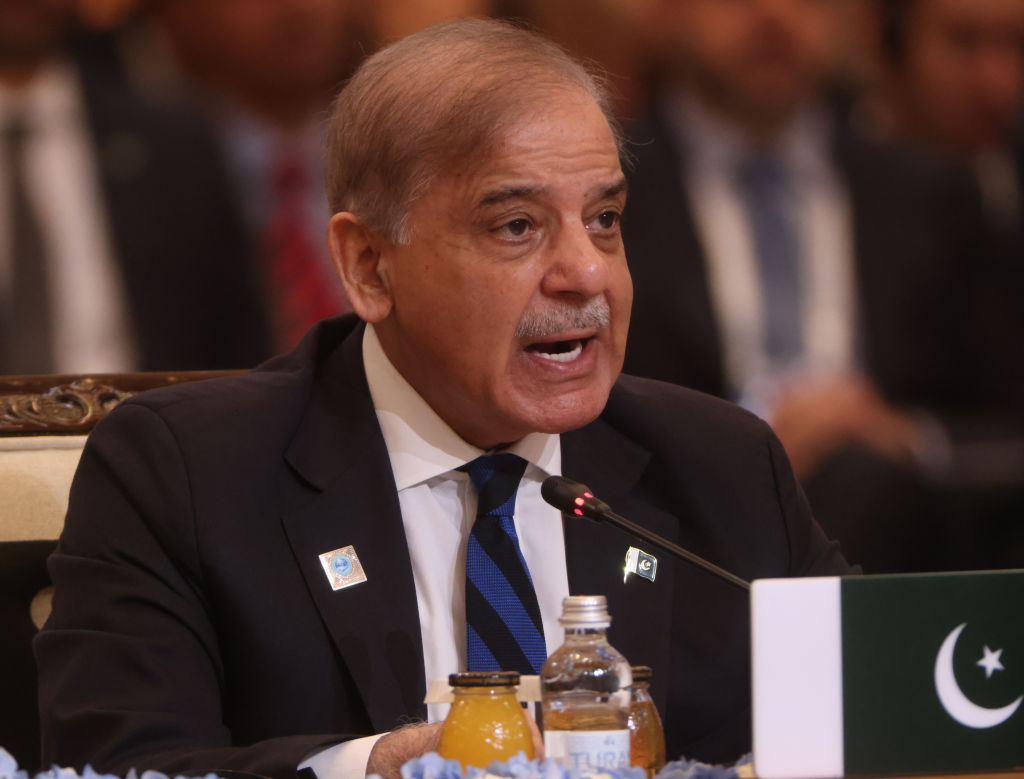In the greater picture of his trade wars, Donald Trump pushed a bold idea: Europe should buy all its oil, gas and coal from the USA. It is a loud, daring proposal. Can the EU make it work? Should it even try? Let us cut through the haze with hard facts that avoid unicorns or wishful thinking.
Begin with the numbers. Europe needs about 4.7 billion barrels of oil yearly, 15 billion cubic meters of gas annually, and roughly 300 million tons of coal equivalent each year. The US produces around 4.85 billion barrels of oil yearly and over 1 trillion cubic meters of gas annually. It sounds close, but hold on. America consumes 7.3 billion barrels of oil itself every year, so it already leans on imports to keep running.
Redirecting enough to cover Europe’s full demand would compromise US markets or demand an impossible production surge. Things with coal are worse. US output stumbles far below Europe’s needs. Gas sounds doable, but even that faces hurdles.
Now consider logistics. Moving that much energy across the Atlantic is a brutal challenge. Europe’s LNG terminals process only 200 billion cubic meters of gas a year -too little to replace all other suppliers with American imports. New terminals require years and billions to build, with no quick payoff. Oil flows more easily, with US crude already reaching European refineries, but scaling to 100 per cent demands costlier shipping and port upgrades.
Then comes the real trap. Trump does not offer a gift. He sells leverage. If Europe commits fully to US energy, Washington could pressure trade or NATO with one call. It is a dependency snare, clear as day.
Worse, it gives China an edge. With Europe tying up US supplies, Beijing would grab Middle Eastern and African oil, securing markets and leaving the EU vulnerable when crises strike. In a world where energy equals power, betting all on one source is an unwise move.
Brussels’ green advocates will reject Trump’s plan outright. The EU targets carbon neutrality by 2050, banking on wind and solar. US oil and gas do not align with this goal. Coal is finished – Germany and Poland phase it out fast. Yet renewables supply only 20 per cent of electricity, and soaring energy costs crush industries from Berlin to Barcelona. Green ideals shine, but the grid still relies on fossils, whether leaders admit it or not.
So what could the strategy be? Relying solely on US energy is a delusion – too expensive, too risky, and impossible given America’s own demand. Europe must play smarter.
Yes, we could seriously increase US LNG gas supply, using current terminals and bargaining hard for fair prices. We can also buy more American oil, so as to appease Trump. Even he knows, after all, that what he said cannot be done. Still, the US can become our principal energy provider.
But we should also expand local sources – French nuclear, Norwegian hydro, Dutch gas, even East Med fossils – so as to reduce dependence on any one player. We should reconsider Russia. Securing deals with Qatar, Australia, and others also keeps options open. And it is about time we toned down the green sermon.
Infrastructure forms the core. New terminals, pipelines, and storage will cost tens of billions, but prevent worse losses in crises. And if Trump presses too far, Europe can signal regulatory scrutiny for US energy firms in Europe. A subtle warning outweighs public whining.
Trump’s idea is a wake-up call. Europe cannot afford to complain or preach. It must act: Buy wisely, build toughly, think clearly. Depending on one nation for everything is a losing game, no matter the source – but the transatlantic alliance must be further strengthened.
Brussels needs grit, diverse energy streams, and a mindset geared to win, not lecture. Time runs short, and excuses are useless.





Devilish? EU-China relations after Trump’s tariffs surrender Europe to the despot Xi